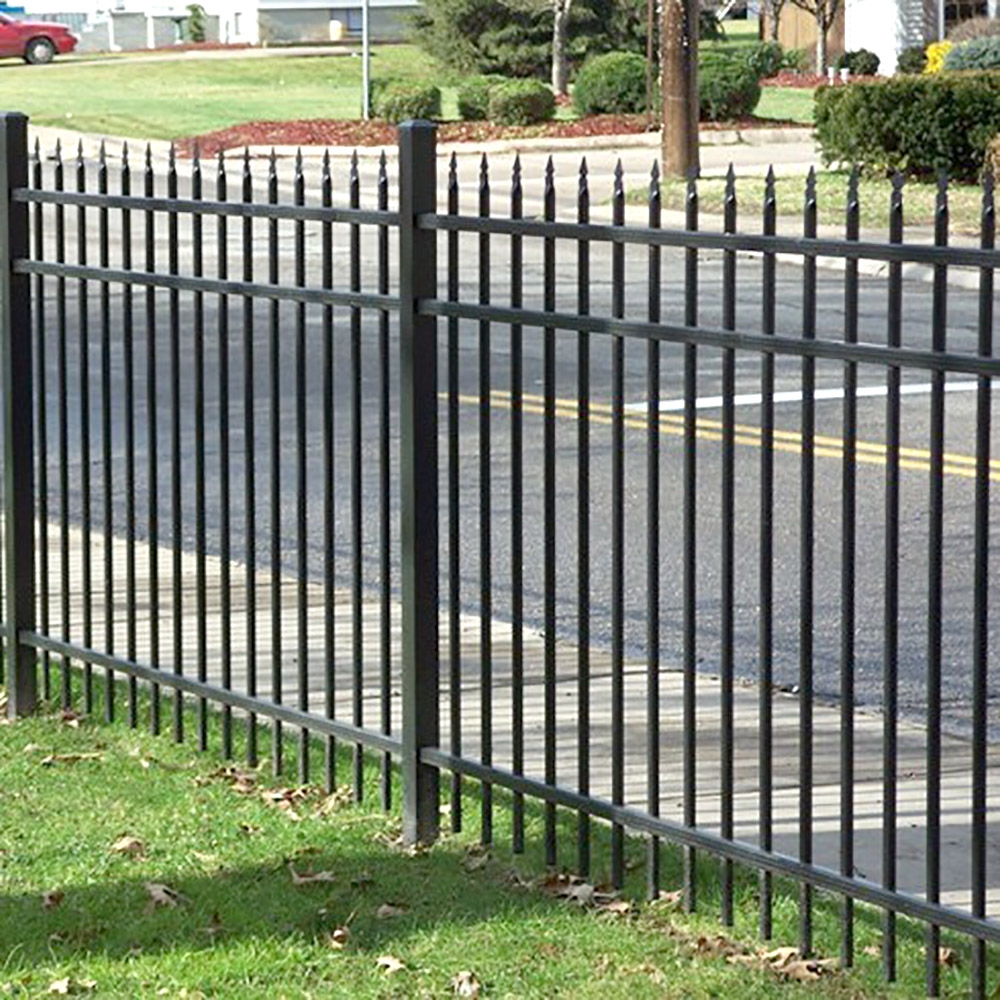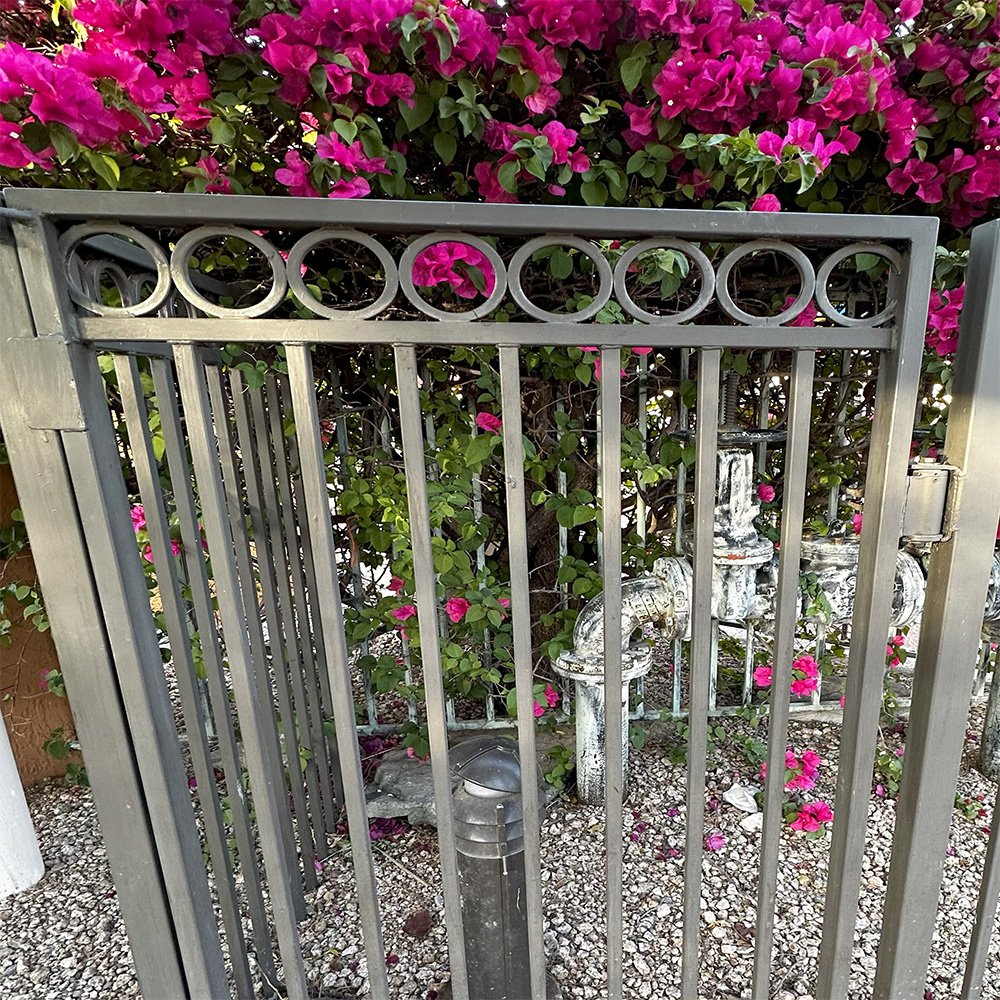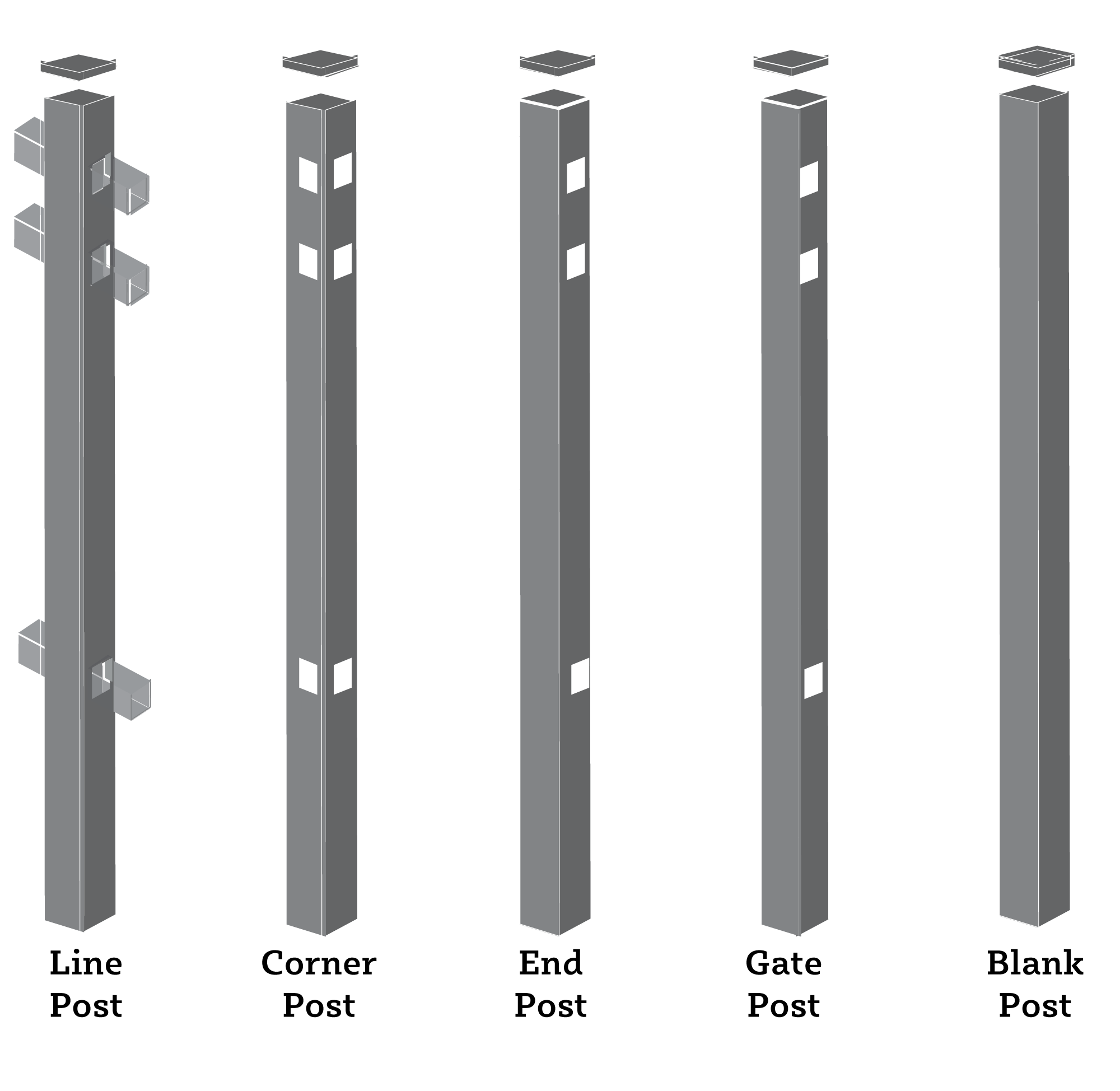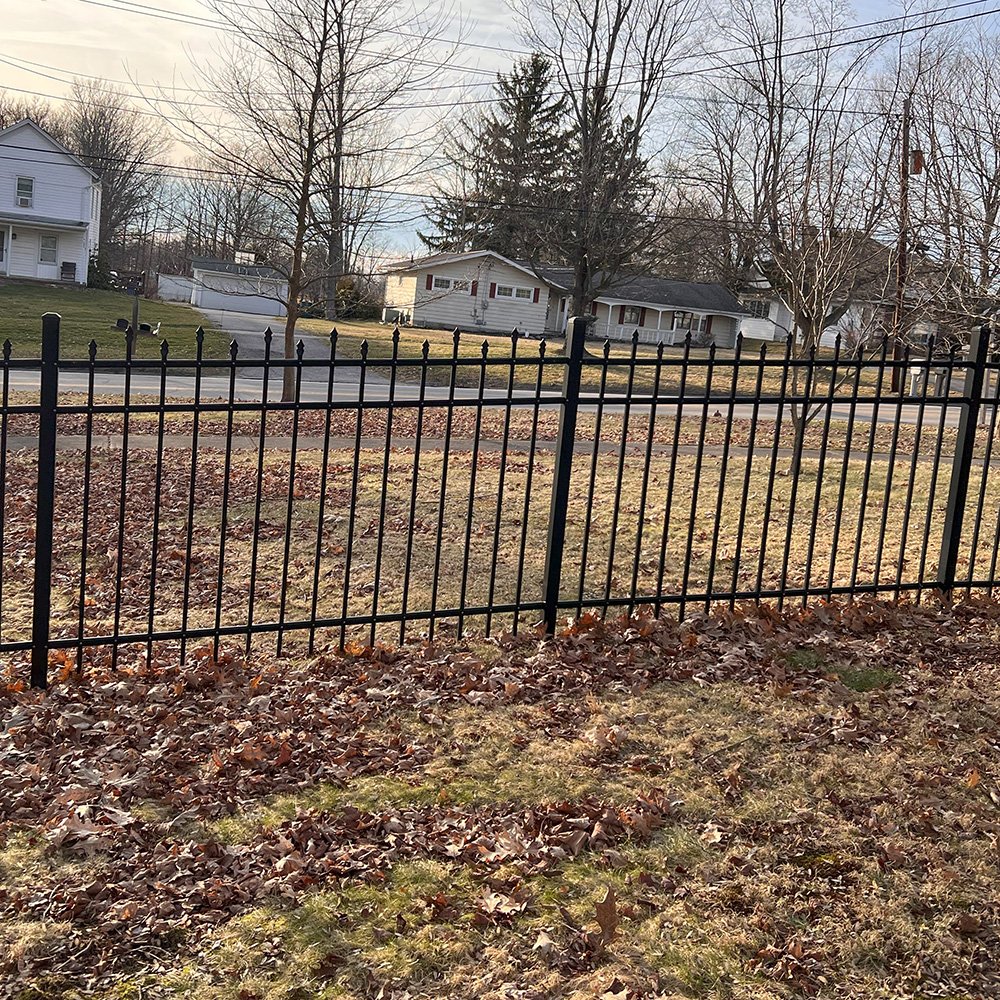How Do I Protect The Base of A Fence Post From Water Damage?
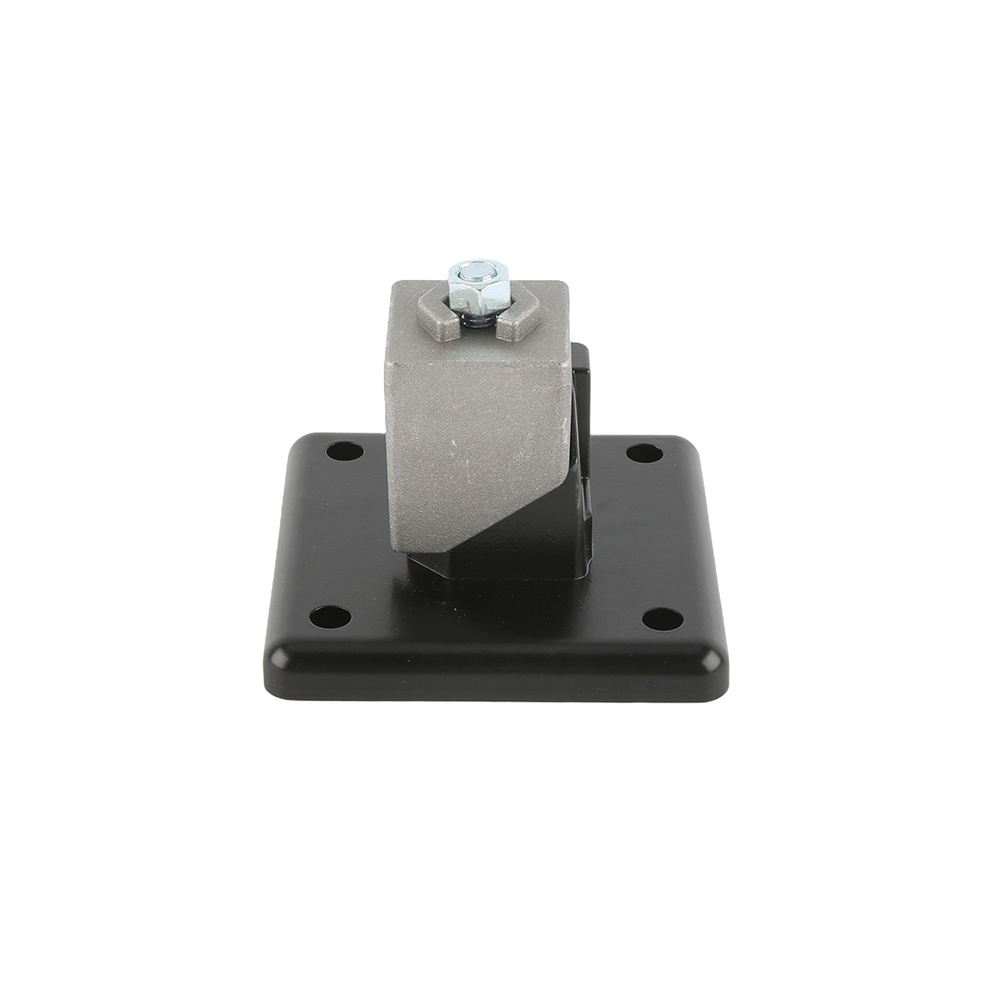
If you are located anywhere in the Midwest just like us at DF Supply, you know just how damaging water can be, especially to metal. Water Damage accounts for nearly 25% of all household damage and is the one of the highest points of weakness in security for metal fencing as it corrodes it over time or in extreme cases such has freezing, could even snap pieces as large as posts. So a natural question would of course be, how do I protect my fence from water damage?
Installation Methods
When attempting to protect their fence, most people first consider how it is installed or rather, what is installed on. There are a few methods of installation:
Gravel
Gravel is an excellent way to ensure that water and any other moisture properly drains from your fence posts. It offers a porous base or drainage layer under the foundation of the fence, allowing for excellent drainage. However, gravel does prevent certain stylistic choices on the perimeter of your fence. For example, if you wanted to grow grass or any other plants it would be nearly impossible to do so. Additionally, not only does it come at an extra cost, gravel may also be unsafe to younger children or pets. So while an excellent option, it’s best to consider your surroundings first.
Concrete
Concrete is a mixture of cement, sand, and water that hardens into a solid and durable material. It can provide a strong and stable base for the fence post and a barrier against moisture and soil and is a near guarantee that your fence will stay in place. Additionally, Concrete tends to not shift around the way that gravel and dirt do, ensuring that your fence will not warp over time. Much like gravel, cement can offer some challenges to the fencing installation process. Concrete can not only add an additional cost, it can also be tough to install as cement is famously reasonably difficult to work with. However, it is one of the best ways to prevent corrosion of your fence as moisture is much harder to pass through concrete and upwards into your fence posts as they evaporate. That said, it’s still not quite impossible for it to pass through.Wood
Wood is among the most cost effective and easily installed methods of installing a fence. Lumber is (typically) easy to purchase, simple to install, and is relatively cost effective. However, it also comes at a cost. Wood is the most susceptible to water and the elements in general than any of the other methods of installation. While certainly better than having nothing at all and is largely considered to be one of the most stylish methods of installation, it's important to know the risk of building with wood.So What's The Solution?
So while it seems that there are solutions to protecting from water damage, there isn't quite an installation method that does the job 100%. However, there is a very simple solution. The best method of ensuring that your fencing is protected from water damage is through the combination of either Cement, Gravel, or even Wood, and a Floor Flange like the one pictured above. Simply insert your post into the flange, and in combination with the flange cover you now have a water-tight seal to prevent moisture from getting in to your fence post entirely. Add a post cap to your fence and it is guaranteed to be secured for years to come.
Looking for your Aluminum Fence Solution?
Whether you need extra security against the elements or you're looking for some extra flair, QuickShipAluminumFence has you covered. We offer aluminum fence caps, flanges, skirts, and more!
Fence Post Fittings
